Blog
How to Get Dog to Stop Chewing up Puzzle Toys
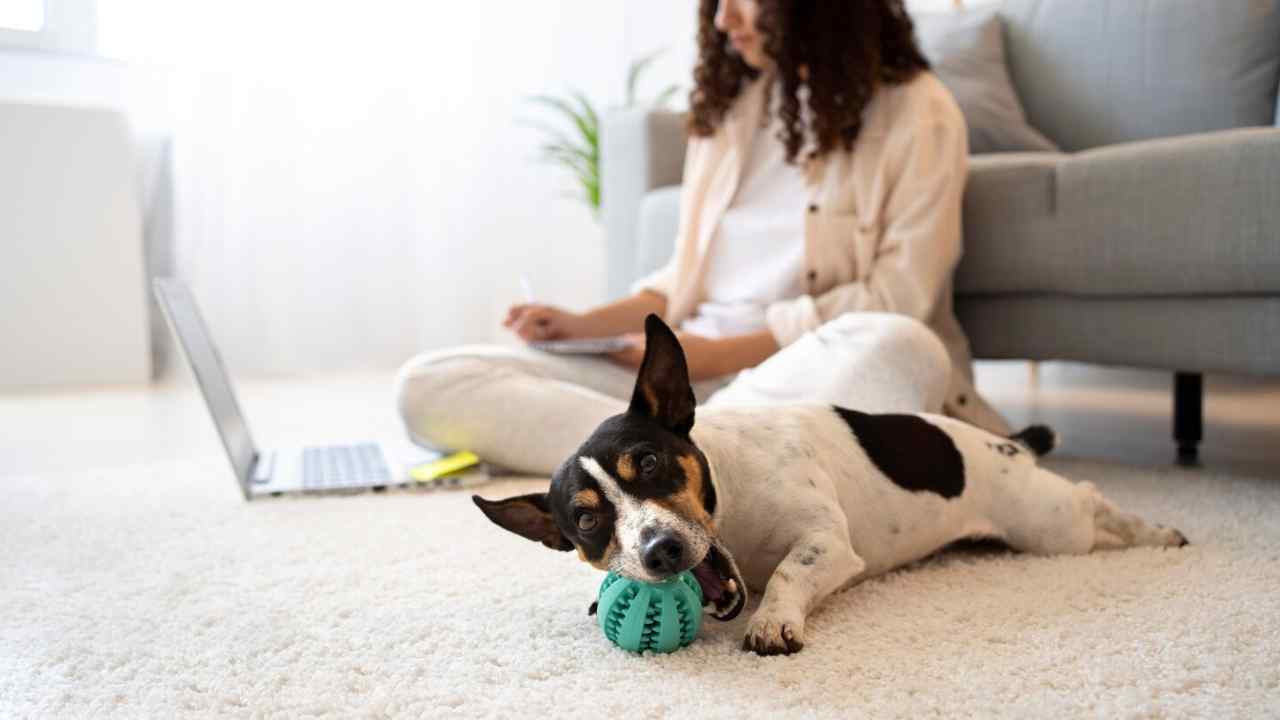
Spending over $50 on a dog puzzle toy, only to watch your voracious pet, who seems more like a shark in disguise, tear it apart in just two minutes and 38 seconds (more or less) is frustrating. It’s hardly economical to shell out that much for such fleeting amusement.
That’s why I’m a fan of training dogs to play with their toys without wrecking them. It might sound challenging, but trust me, it’s achievable.
SHOP NOW
Here’s the rundown on how to do it. Let’s dive in!
Contents
#1 Choose the Right Difficulty Level
Puzzles for dogs are like crosswords for us; if we don’t understand the concept, we give up – a dog can start chewing and find their own solutions, which is natural for a dog if they don’t know how to play.
Enrichment with puzzles should always be fun. Try not to overwhelm your canine with over-challenging enrichment toys. Start your dog off with beginner-level food puzzles featuring:
SHOP NOW
- Wide Openings – Look for wide snouts, holes, or chambers to slip treats inside easily so your dog can smell and access the food without struggling. Wider chambers allow them to use their tongue with ease.
- Simple Sliders – Sliding lids or panels to uncover hidden treats introduce basic puzzle concepts without complicated locking mechanisms.
- Easy Tilt & Roll Designs – Spherical, tumbler style, or egg-shaped feeders with internal mazes that spill out kibble as the dog paws and nudges the toy around. These introduce puzzle-solving in a simple, instinctive way.
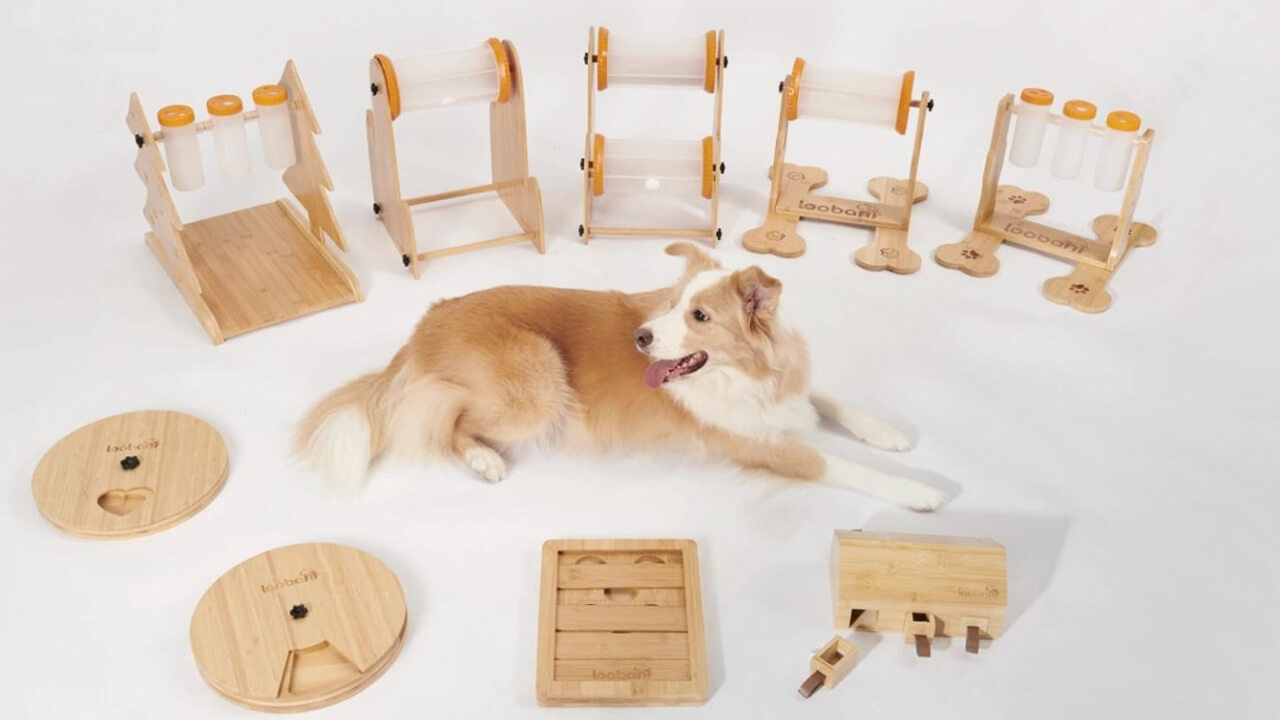
#2 Teach them How to Play with the Puzzle Toy
Sometimes, dogs just don’t realize dog puzzles require finesse and instead get aggressive, tearing parts off with their teeth. If we show and help the dog understand how the puzzle works, the dog can learn to play by the playing rules.
#3 Make the Dog Puzzle Toy Easier
Take care not to overwhelm your dog during the puzzle-solving process! Pay attention to your dog’s frustration tolerance while attempting the puzzle challenges. If you notice them acting overly stressed or getting aggressive with the toy, it may be too difficult for now. In that case, if the puzzle toy allows adjustable difficulty, promptly lower it to the easiest setting.
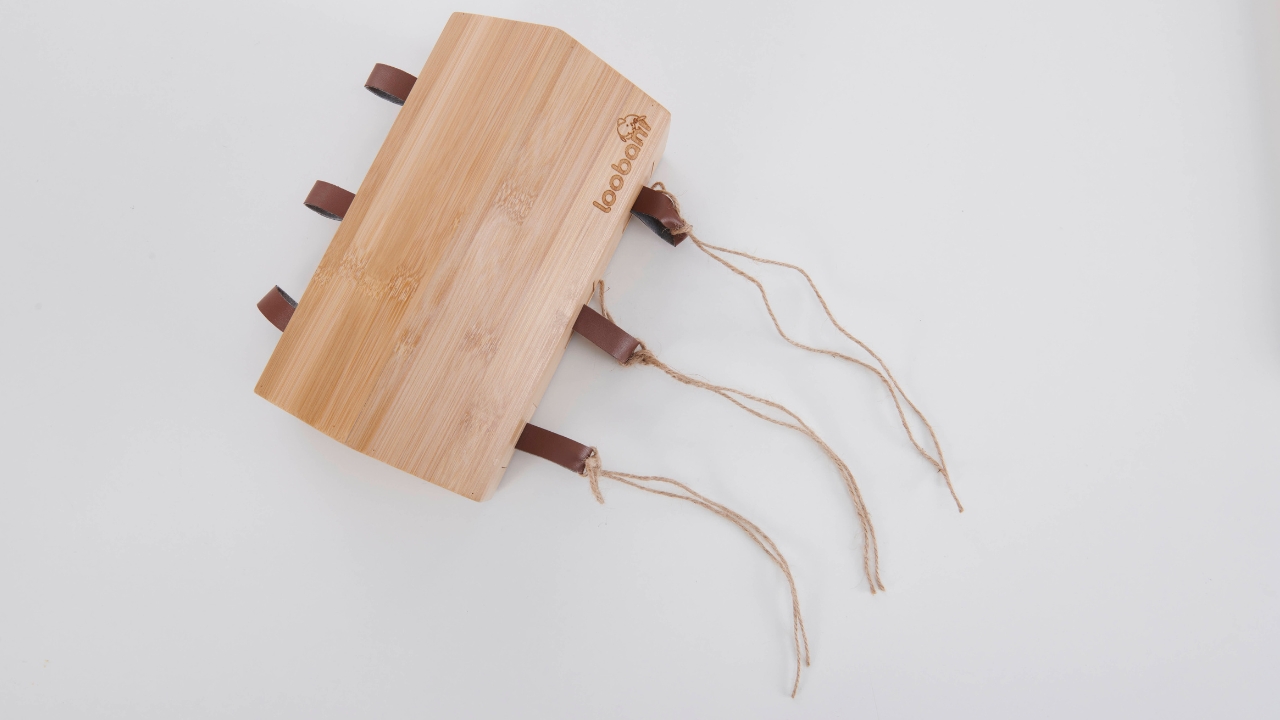
I always get creative by making my own puzzle feeders based on my dog’s skill level. A simple trick I use is tying strings to drawer handles and blocks. This makes it easier for the dog to figure out the puzzle and get to the treats. It’s especially useful when you’re introducing a new game and want to help your dog understand how to play. As your dog gets the hang of it, you can gradually remove the strings, step by step.
SHOP NOW
#4 Take Toys away Strategically
It’s tempting to hand over a fancy new puzzle and hope your pooch plays properly, but unsupervised access can lead to disappointment if they start shredding parts instead. Set your dog up for success by strategically monitoring all enrichment toy play at first.
Offer the tempting toy, but stand by to supervise initial interactions. The second you notice any destructive chewing or rough handling emerging, promptly remove the puzzle. Immediate toy withdrawal reinforces that biting makes the fun disappear quickly!
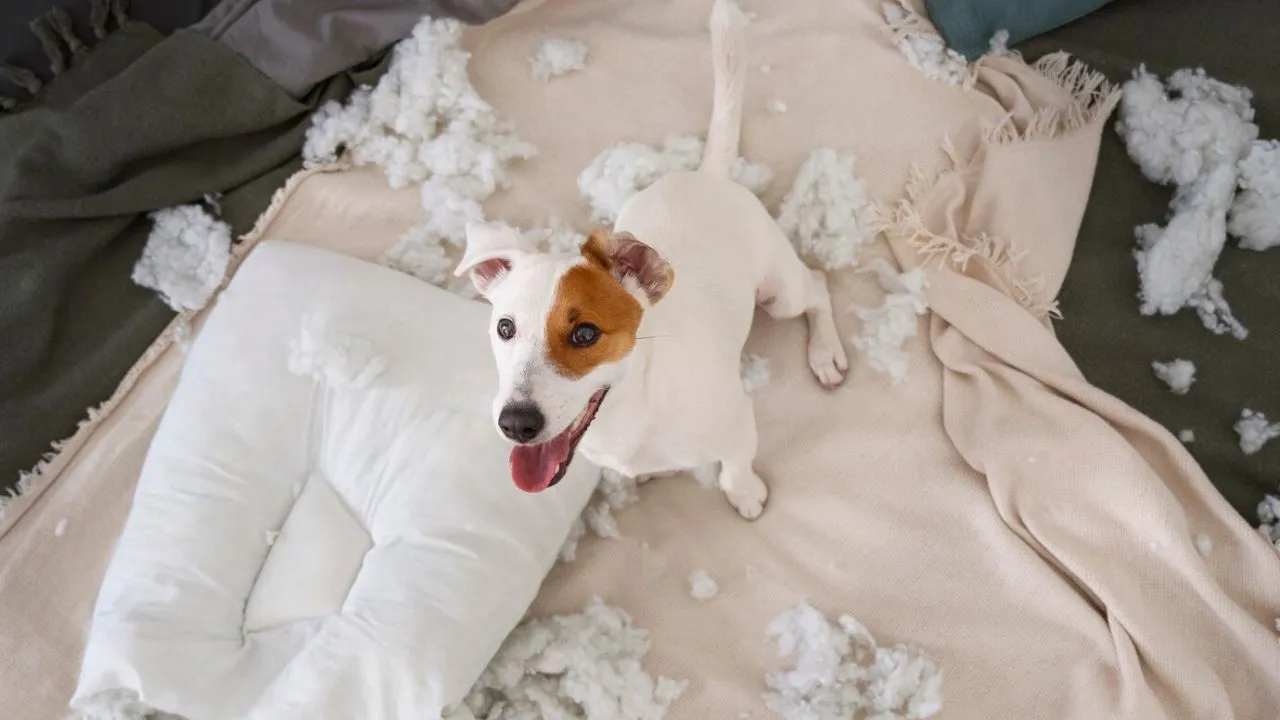
After a brief break, return the puzzle and see if your dog plays more gently on their second introductory attempt. If puzzle parts are manipulated appropriately with paws and nose only, shower with praise and let play continue while you watch. But stay vigilant for signs of emerging shredding behavior.
You’re teaching pups that gnawing, chomping, or breaking toys equals immediate loss of privileges through this “three-strike” system. Some may learn after just a few prompted repetitions to be delicate so their coveted toy stays in play rotation.
Yet headstrong power chewers might require multiple training days before they stop viewing enrichment items as chew opportunities. For these willful chompers, consider banning specific shred-prone puzzles for a few weeks if they can’t cogently relearn composure after several redirected attempts. Then, try reintroducing the puzzle later down the road to see if extended maturity makes proper play click better.
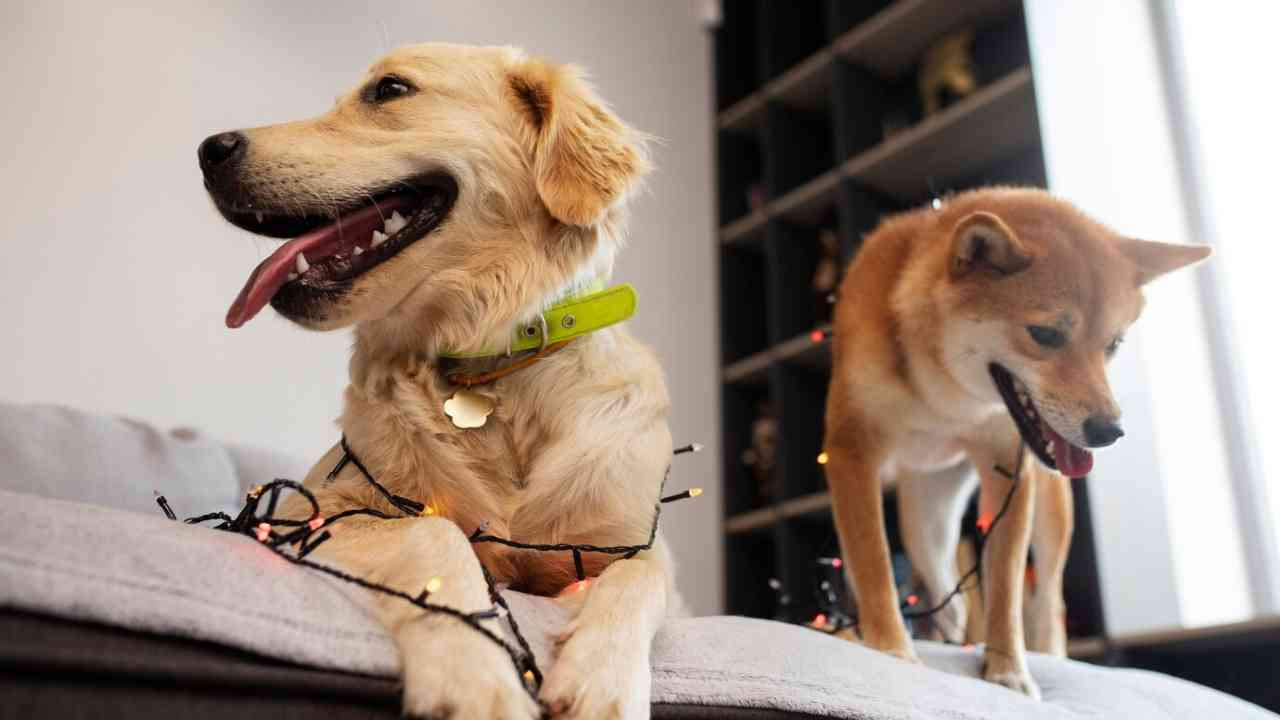
#5 Pick the Right Size Dog Puzzle
One important but often overlooked consideration when choosing interactive puzzle toys is making sure it’s appropriately sized for your pup! We get excited gifting them the coolest mental enrichment items, but ill-fitted proportions can backfire.
An itty bitty puzzle given to an extra large breed may seem like a dainty chew toy in their giant paws – indeed, that’s often how they’ll treat it! On the other end, an oversized cumbersome feeder given to a diminutive dog likely overwhelms them, especially if tricky manipulation is required.
When puzzle solving, dogs need to be able to reasonably interact with movable parts using their paws, nose, and tongue. Loose sliding blocks should have adequate space for comfortable pushing and decent gripping. Undersized openings require precision poking of tiny muzzles to release treats which some find frustrating.
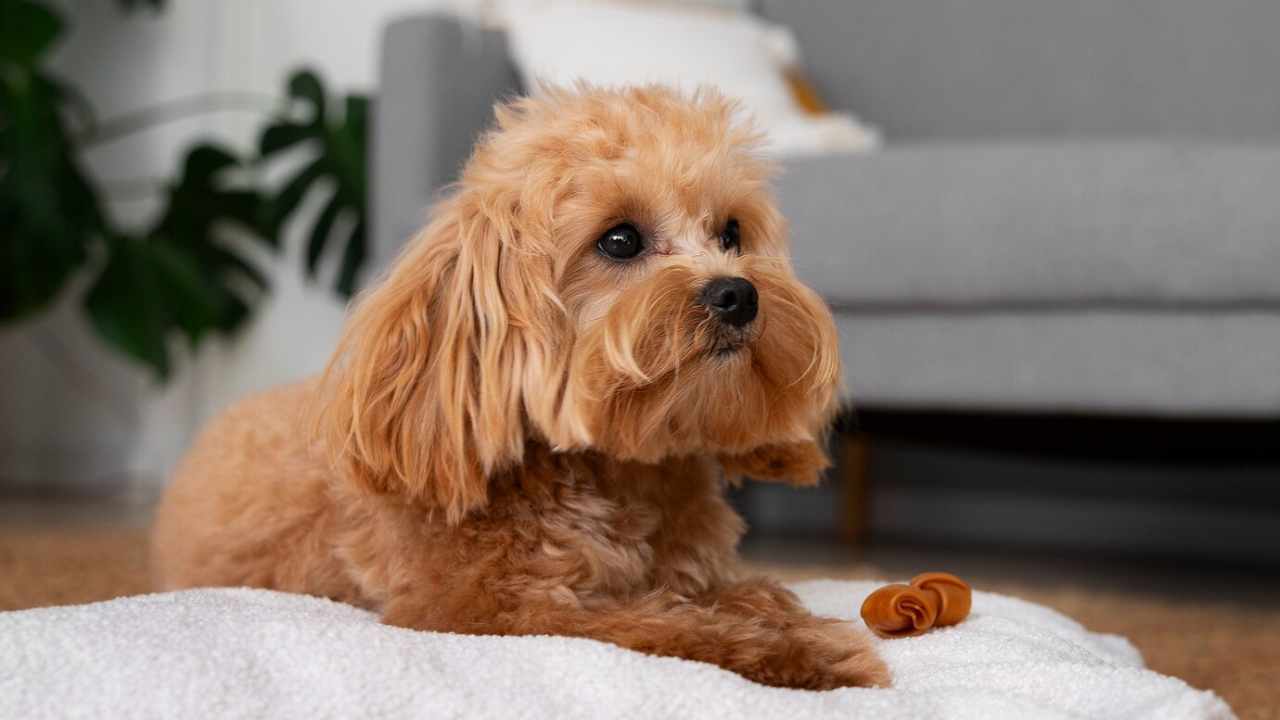
Final Words
I hope all these tips help. Remember, patience is key.
While some dogs may quickly grasp the concept of handling puzzle toys without destructive tendencies, others may require more time and practice. Stick to the multi-faceted training plan, and you’ll witness progress along the way.